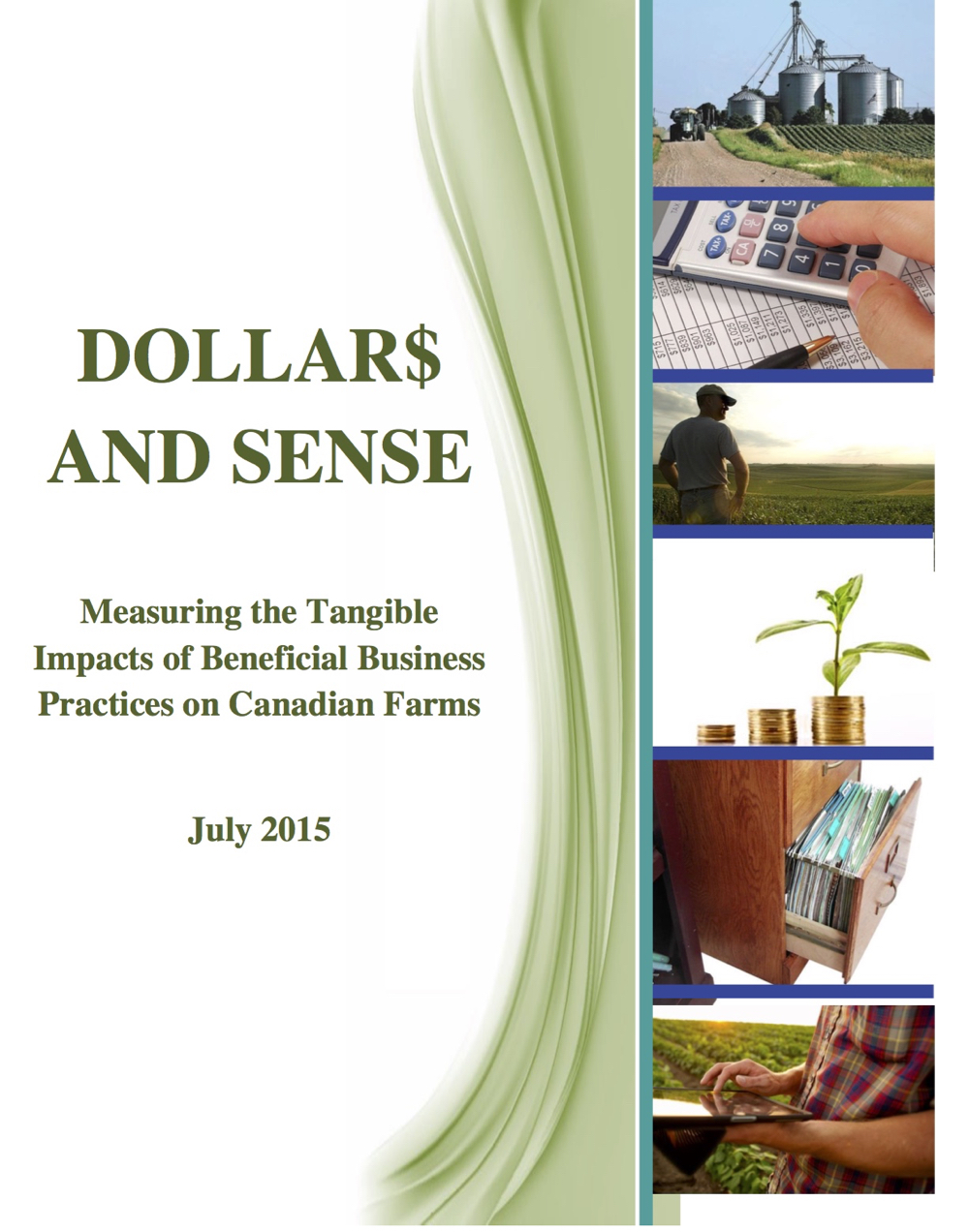G3 Canada is expanding west with two new elevators on the Prairies — including its first in Alberta.
The new elevator to be built in Westaskiwin will be a state-of-the-art, high-throughput facility, said the company’s vice-president of business development.

“Alberta is a province of growth for us,” said Brett Malkoske. “Since we formed G3 (in 2015), we’ve been fairly open about our ambition to build a coast-to-coast grain-handling enterprise in Canada.
“You can’t have a coast-to-coast presence without Alberta.”
Growing demand for Canadian grain has spurred grain companies to invest in infrastructure to capture a greater market share in the Prairies. Right now, Alberta has 90 grain elevators and a total capacity of around 2.25 million tonnes, an increase of about 350,000 tonnes over the past five years.
In the past two years alone, work on at least four new grain terminals has begun in Alberta — two GrainsConnect Canada terminals (in Vegreville and Huxley); a Paterson Grain terminal in Bowden; and a Viterra terminal, also in Vegreville.
Read Also

Grazing ‘sweet spot’ boosts pasture performance
Timing-focused approach to pasture management touted to boost forage growth, livestock gains while also cutting farmer labour and inputs
That’s a sign of the “incredible potential” grain companies see in Alberta’s cropping sector, said Wade Sobkowich, executive director of the Western Grain Elevator Association.
“In the last few years, we have seen more investment being made in elevator facilities,” he said.
“That speaks to the confidence that the participants have in the system in the future of the grains, oilseed, and pulse crops sector in Western Canada.”
And there’s more to come from this company, said Malkoske.
The Winnipeg-based grain company currently has 17 facilities across Canada and plans for eight to 10 more over the next two years, he said, adding the Westaskiwin elevator is the first of several planned terminals in Alberta for G3.
G3’s expansion into Alberta was “a long time coming,” he added.
“It’s been on our radar for a number of years now, but we’re finally able to formally announce that we’re going to build in the area.”
More competition
G3 will actually break ground on two new elevators this spring, with construction expected to be finished in time for next year’s harvest. Both the Westaskiwin facility and its sister in Maidstone, Sask. will have 42,000 tonnes of storage along with state-of-the-art loading and unloading systems to speed up the flow of grain in and out of the facilities.
“Speed is a factor for farmers,” said Malkoske. “Typically when farmers want to deliver grain, they’re very busy, whether they’re still out in the field harvesting or tending to other business matters. So they want to get that grain to the elevator and back as quickly as possible.”
Each facility will come equipped with loop-track systems, which allow for continuous loading and unloading of rail cars.
“We’re able to be more efficient with our train movement, and that means greater probability of a train under the spout and more delivery opportunities for local producers,” said Malkoske.
Farmers will also be able to unload in less than five minutes, he added.
“That means quick turnaround times for trucks, getting them back to the farm quickly and predictably.”
These facilities will feed the new G3 Terminal Vancouver, which is slated to open at the Port of Vancouver in 2020.
“If you look back over the last 10 years, yields across Western Canada have continued to grow,” said Malkoske. “Our feeling is that production in Alberta is going to continue to grow, and the natural flow for that production is going to be for export to feed some of the growing markets around the world.”
Sobkowich agrees.
“Last year, we had a drought in certain parts of the Prairies, and we still produced the second-largest crop ever,” he said. “That means there’s more stability for the investment grain companies are making. They know they’re going to be able to turn that elevator 12 times almost every year and that they’re going to have a good-quality crop to sell.”
And that increased investment will give farmers more options for their grain, he added.
“It gives them the ability to shop their grain around to more enterprises and potentially earn a greater return for the crop they grow every year,” said Sobkowich.
“Competition is a good thing. Any time there’s more competition, it works out in the farmer’s favour.”















